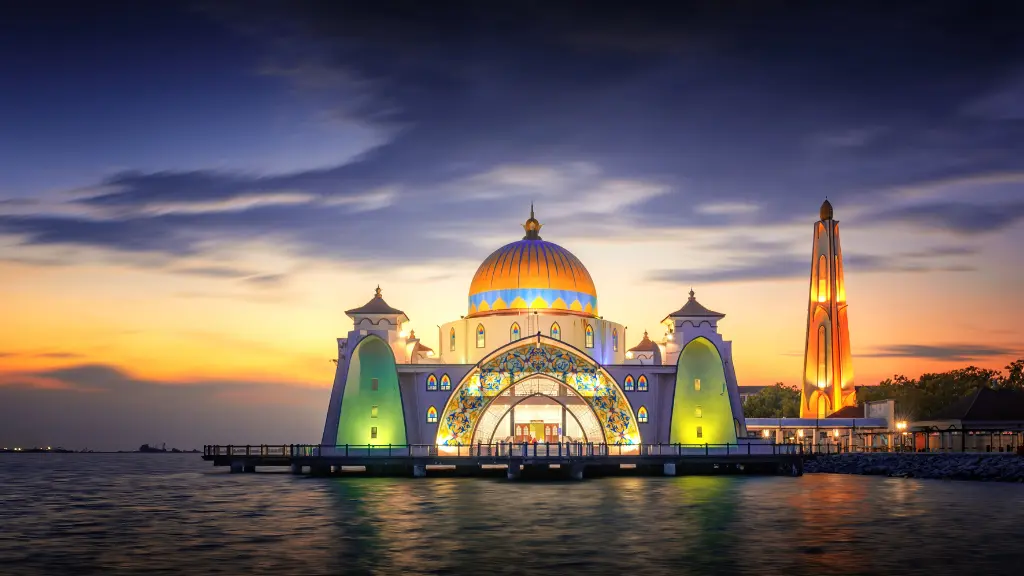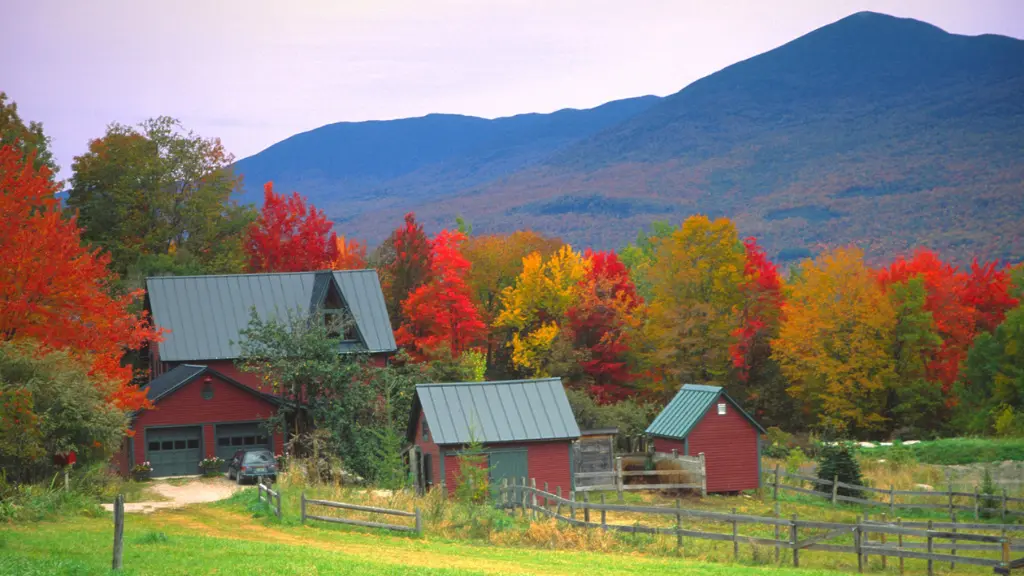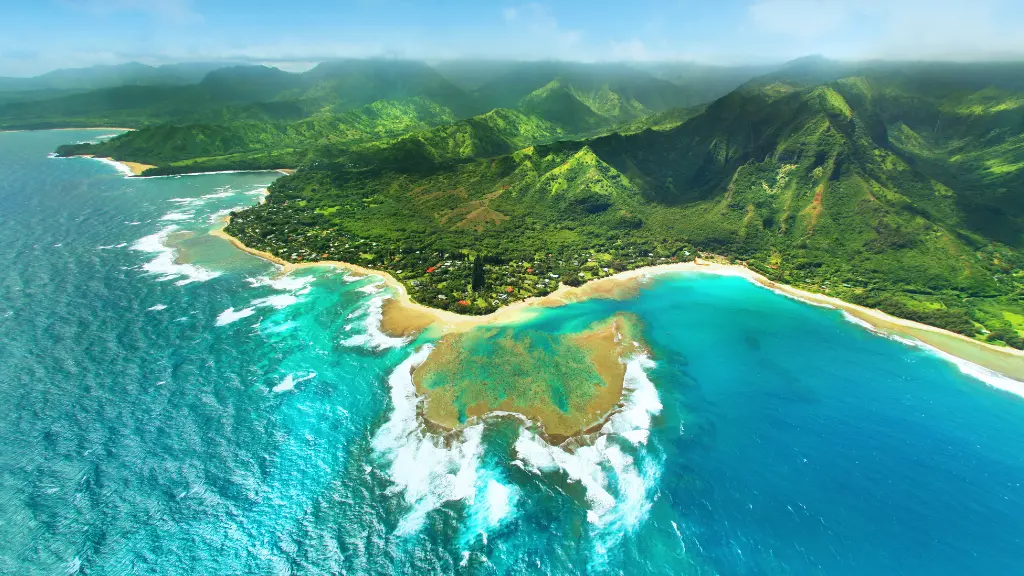When thinking of Malaysia, most travelers picture its vibrant cities, pristine beaches, and lush rainforests. However, hidden within the diverse landscapes of this Southeast Asian gem are remarkable UNESCO World Heritage Sites that are often overshadowed by more popular tourist spots. Malaysia’s UNESCO sites are not just about famous locations like George Town or Kinabalu Park, but also lesser-known treasures that reflect its rich cultural and natural heritage.
You May Also Like: Best Wildlife Tours and Nature Trips in Borneo
In this guide, we’ll take you off the beaten path to explore the hidden UNESCO sites of Malaysia, revealing the country’s untold stories, unique biodiversity, and cultural significance.
1. Archaeological Heritage of the Lenggong Valley
Tucked away in the state of Perak, the Lenggong Valley is one of Malaysia’s most important archaeological sites, yet it remains largely unknown to international travelers. This site was inscribed as a UNESCO World Heritage Site in 2012, recognized for its exceptional archaeological findings that trace human history back more than 1.83 million years.
The valley is home to four major archaeological sites, with evidence of early human activity, including tools, pottery, and skeletal remains. The most famous discovery is the Perak Man, a 10,000-year-old skeleton that is the oldest and most complete human skeleton found in Southeast Asia.
Why visit?
- Explore ancient caves where early humans once lived, such as Gua Gunung Runtuh and Gua Kajang.
- Visit the Lenggong Archaeological Museum to see artifacts that provide insight into early human civilization in Southeast Asia.
- Learn about the evolution of human tools, from simple stone implements to more complex hunting tools.
For history buffs and archaeology enthusiasts, Lenggong Valley is a fascinating glimpse into the distant past, making it a must-visit for those interested in human origins.
2. Taman Negara National Park: Biodiversity Beyond Kinabalu
While Kinabalu Park is often hailed as Malaysia’s most famous natural World Heritage Site, Taman Negara National Park is an equally impressive, though lesser-known, natural wonder. Taman Negara, meaning “national park” in Malay, is one of the world’s oldest rainforests, estimated to be over 130 million years old.
This vast national park, located in Peninsular Malaysia, is home to an incredible diversity of flora and fauna, many of which are endemic to the region. From towering trees and exotic plants to rare animals such as the Malayan tiger, the Asian elephant, and the elusive Malayan tapir, Taman Negara offers an unforgettable experience for nature lovers.
Why visit?
- Trek through the dense rainforest and explore hidden jungle trails.
- Take a canopy walk, one of the longest in the world, for a bird’s-eye view of the forest.
- Embark on a river safari to spot wildlife along the Tembeling River.
- Visit the Orang Asli villages, where you can learn about the indigenous people who have lived in harmony with the rainforest for centuries.
Taman Negara may not have the fame of Kinabalu Park, but it is every bit as enchanting, offering a deeper dive into Malaysia’s natural biodiversity.
3. Melaka’s Lesser-Known Heritage Sites: Beyond the Dutch Square
While Melaka is famous for its historical core, a UNESCO World Heritage Site since 2008, many travelers stick to the well-trodden paths of the Dutch Square and Jonker Street. However, beyond these popular landmarks lie hidden corners of Melaka that offer a richer and more intimate understanding of the city’s storied past.
One such place is the Bukit Cina area, the largest and oldest Chinese cemetery outside of China. This site holds tombs dating back to the Ming Dynasty and is a testament to the long-standing Chinese influence on Melaka’s culture.
Why visit?
- Discover the Cheng Hoon Teng Temple, Malaysia’s oldest traditional Chinese temple, blending Confucianism, Taoism, and Buddhism.
- Visit Bukit Cina for a quiet, reflective walk among ancient tombs that tell the story of Melaka’s multicultural heritage.
- Explore the lesser-known Portuguese Settlement, where the descendants of the Portuguese colonists have preserved their unique culture and traditions.
Melaka’s hidden gems offer a deeper, more nuanced look at the city’s multicultural heritage, away from the bustling tourist spots.
4. The Crocker Range Biosphere Reserve: A Hidden Ecological Gem
Recognized as part of the UNESCO Man and the Biosphere Programme, the Crocker Range Biosphere Reserve is a lesser-known natural wonder located in Sabah, East Malaysia. Although it doesn’t enjoy the fame of Kinabalu Park, the Crocker Range is a significant biodiversity hotspot, offering pristine landscapes, unique wildlife, and an important cultural connection to the indigenous communities of Sabah.
Spanning more than 350,000 hectares, this biosphere reserve features a diverse range of ecosystems, from tropical rainforests to montane forests, and is home to species such as orangutans, clouded leopards, and sun bears.
Why visit?
- Hike through the rugged terrain of the Crocker Range for an off-the-beaten-path adventure.
- Experience the cultural heritage of the Kadazan-Dusun people, who live within the reserve and practice traditional farming methods.
- Explore hidden waterfalls and rivers teeming with life, perfect for eco-tourism enthusiasts.
The Crocker Range Biosphere Reserve is a hidden gem for those seeking an authentic, nature-focused adventure in Sabah.
5. The Royal Belum State Park: A Pristine Rainforest
Located in Perak, Royal Belum State Park is part of the larger Belum-Temengor Rainforest, one of the oldest rainforests in the world, dating back over 130 million years. While it is not yet a full UNESCO World Heritage Site, it has been nominated for its exceptional biodiversity and environmental significance.
Royal Belum is home to rare and endangered species such as the Malayan tiger, the white-handed gibbon, and the rhinoceros hornbill. The park is also renowned for its Rafflesia flowers, the largest flowers in the world, which bloom sporadically in the rainforest.
Why visit?
- Go on a jungle trek to spot wildlife, including hornbills and elusive large mammals like tigers and elephants.
- Take a boat cruise along the Temengor Lake, where you can see wildlife gathering near the water.
- Discover the ancient Negrito tribes who have lived in the rainforest for centuries and learn about their way of life.
Royal Belum offers a true wilderness experience, far from the crowds, and is perfect for eco-conscious travelers looking to immerse themselves in nature.
Conclusion: Uncovering Malaysia’s Hidden UNESCO Gems
Malaysia is a treasure trove of cultural and natural wonders, and while the popular sites draw the most attention, the country’s hidden UNESCO sites offer equally captivating experiences. From the ancient archaeological treasures of Lenggong Valley to the pristine rainforests of Taman Negara and Royal Belum, these lesser-known destinations allow travelers to explore the rich tapestry of Malaysia’s heritage and biodiversity.
If you’re seeking an off-the-beaten-path adventure, these hidden UNESCO sites are the perfect way to experience Malaysia’s unique cultural and ecological landscapes. Whether you’re trekking through ancient jungles or exploring historical treasures, these sites provide an unforgettable journey into the heart of Malaysia’s heritage.
So, pack your bags and step off the tourist trail to discover the hidden gems of Malaysia’s UNESCO World Heritage Sites.










